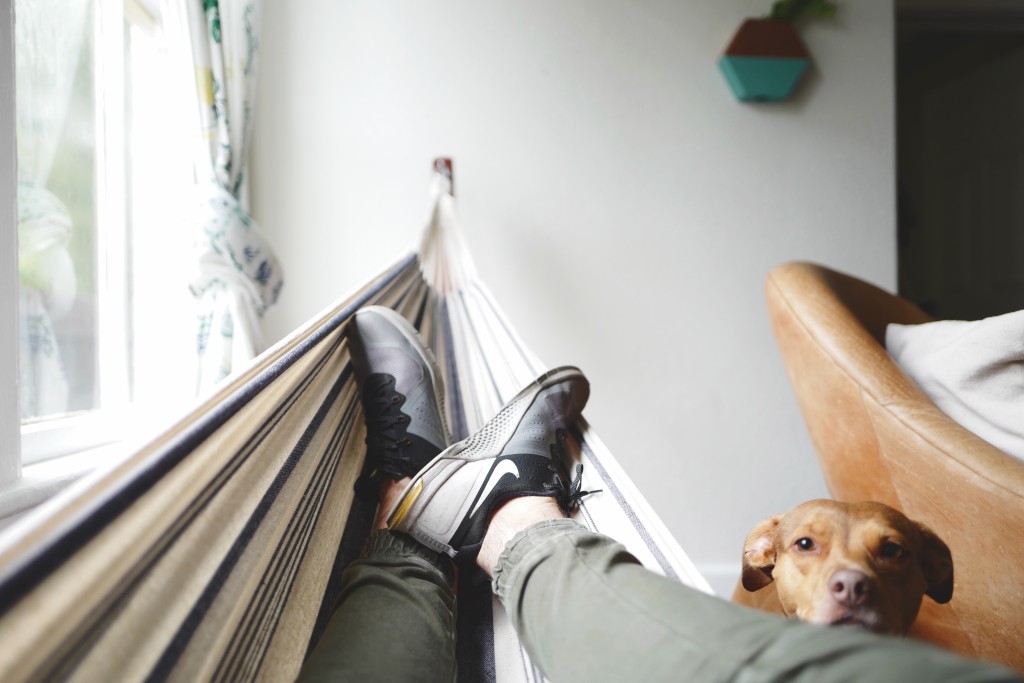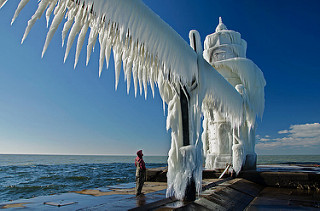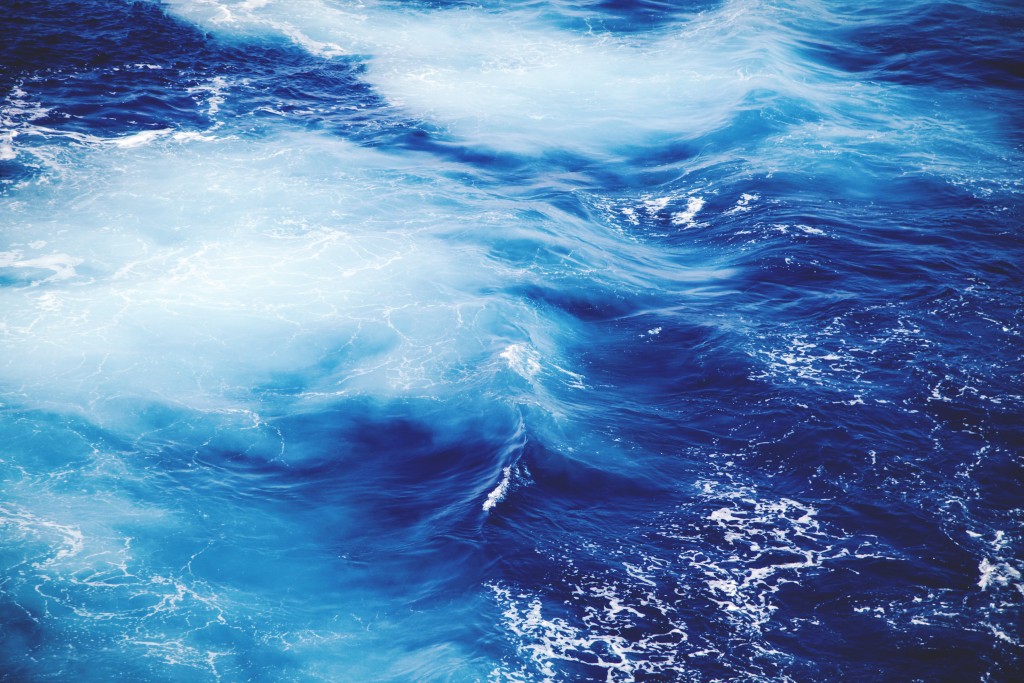
Part of a good recovery is based on rest, due to the fact that it is central to healing-
If sufficient time is taken, the body will recover naturally the majority of the time without the need of any intervention. This would be in a perfect world, however training and matches come thick and fast with not enough time for players to recover naturally. This is where recovery strategies/ aids come into play.
Gains from using recovery procedures such as compression garments are futile, if the basics of training such as hydration, diet etc aren’t adhered to.
The best way to pick a strategy, is to firstly look at the window of time you have. Then look at what action in the game/training had the most detrimental affect.
1. If you are trying to reduce muscle soreness – use Compression garments, neuromuscular stimulation or massage
2. If you are instead trying to limit muscle damage due to inflammation, then using cold water immersion is the recommended recovery strategy
3. Assess warm up and cool down exercises to see if they are specific to the movements in your game.
4. Another example given in the journal, is to try and minimise oxidative damage within the muscle by taking antioxidant supplementations such as Cherry Juice.
As a coach, the article states that there is a balance where there is a positive effect from exercise induced adaptation and anywhere past this positive there needs to be a recovery plan in place to ensure any further stress does not cause a detrimental effect to the performance gains.
So there you go a little look into recovery strategies and how to pick them. For a look at the whole article click the link below http://www.bases.org.uk/The-BASES-Expert-Statement-on-Athletic-Recovery-Strategies





